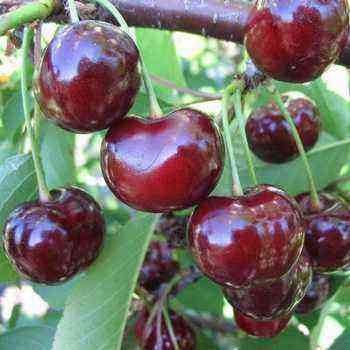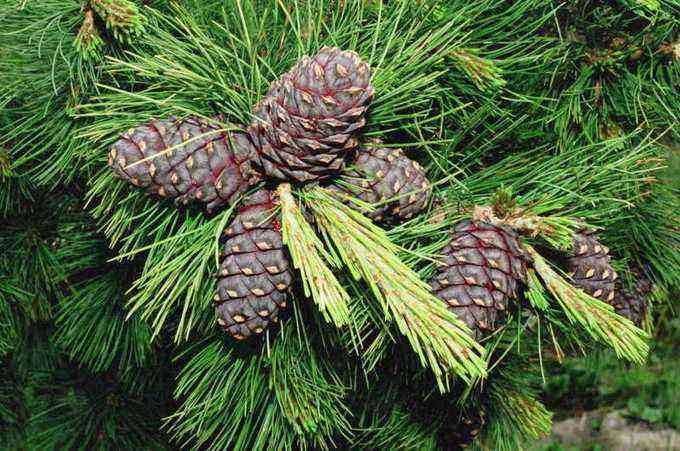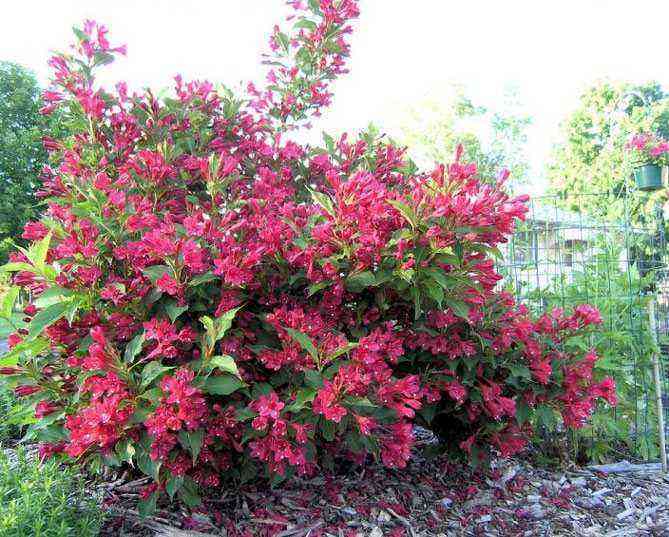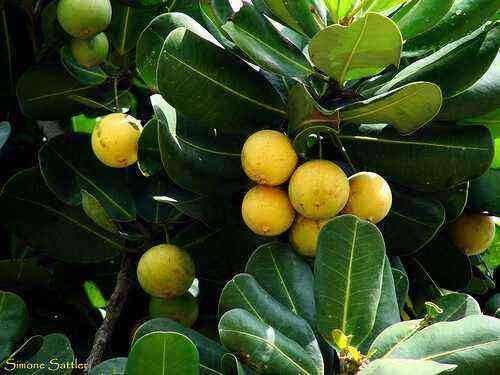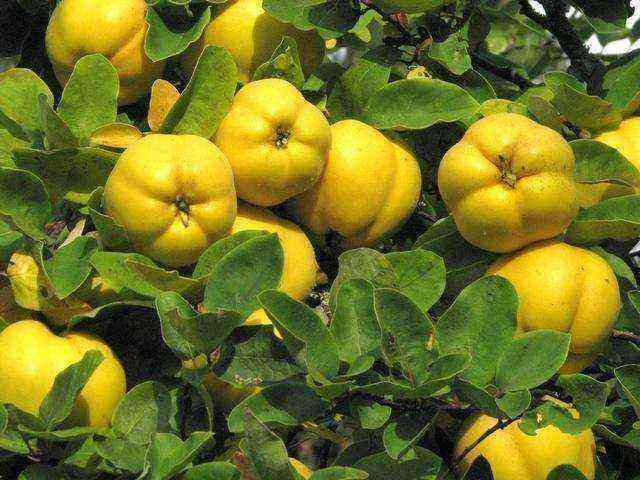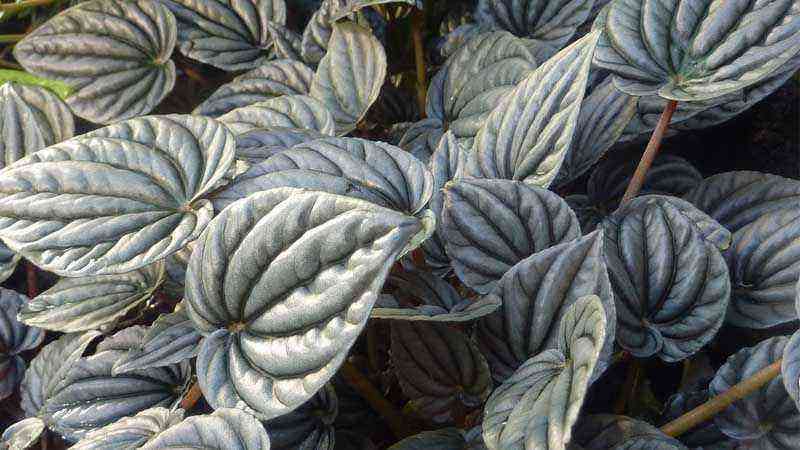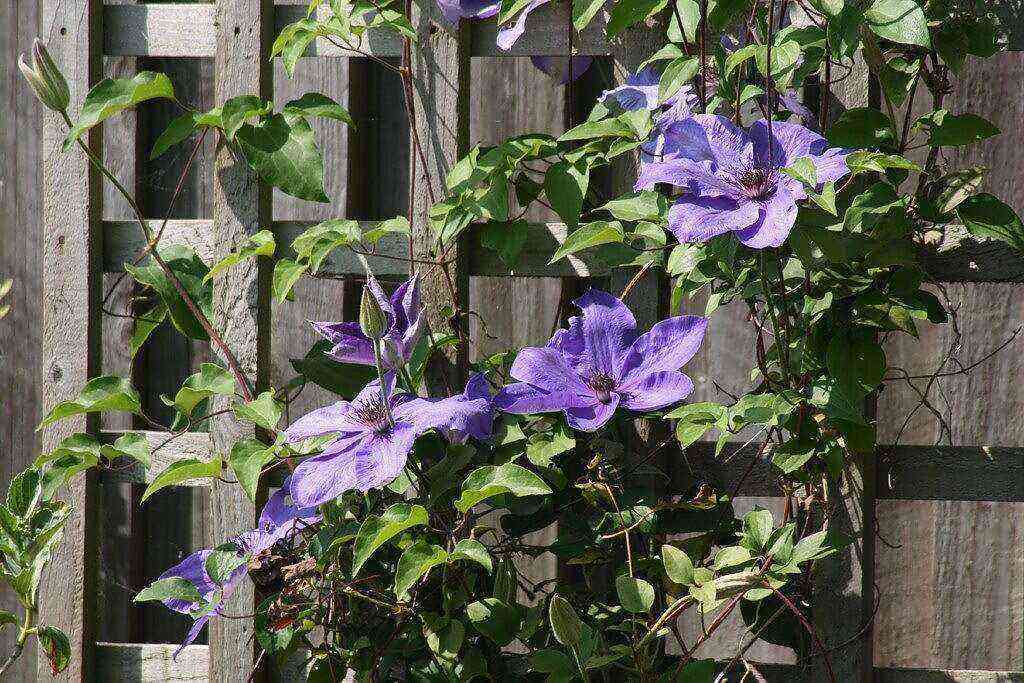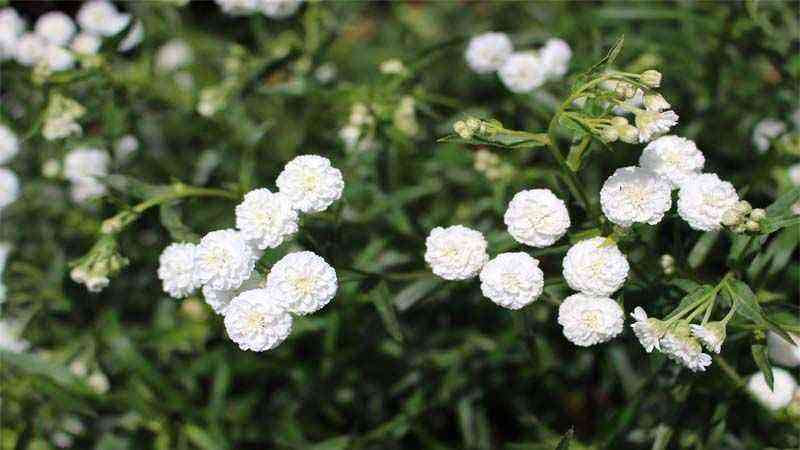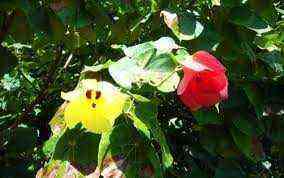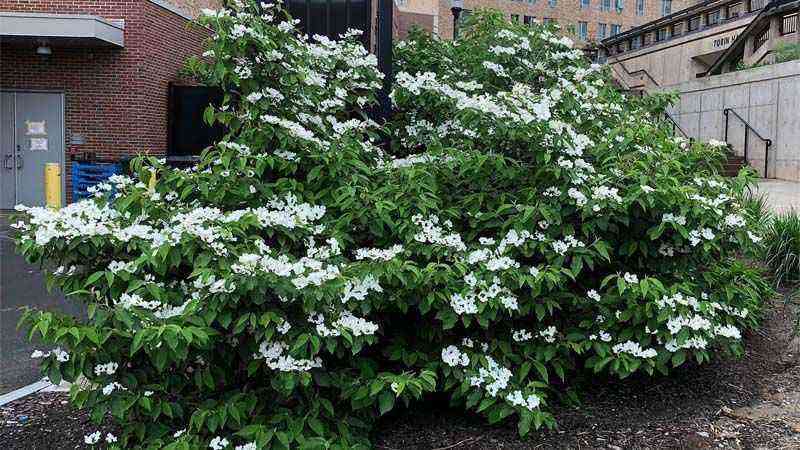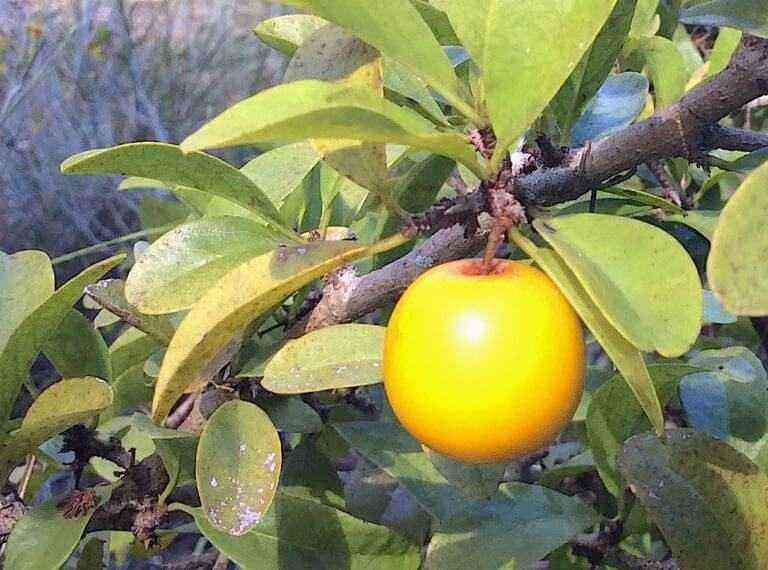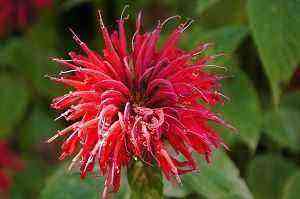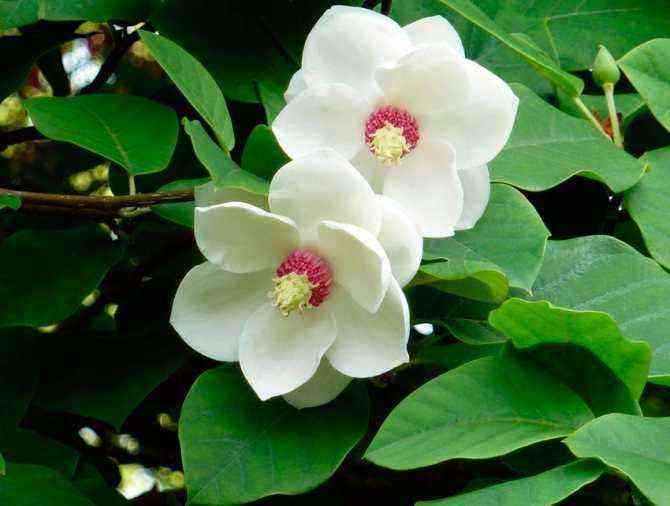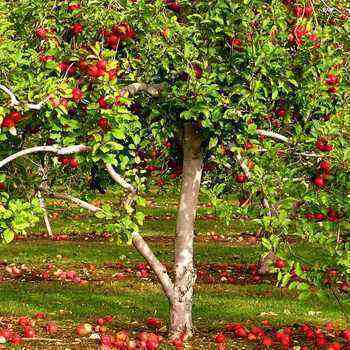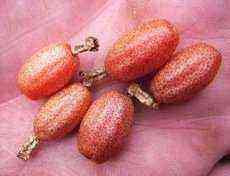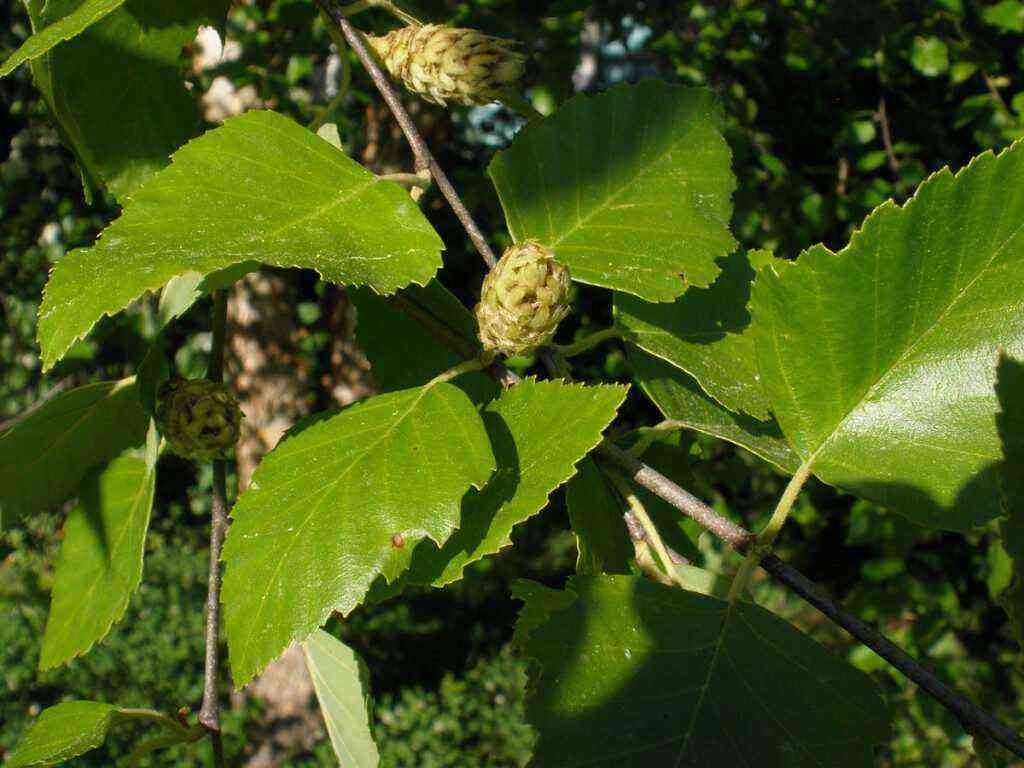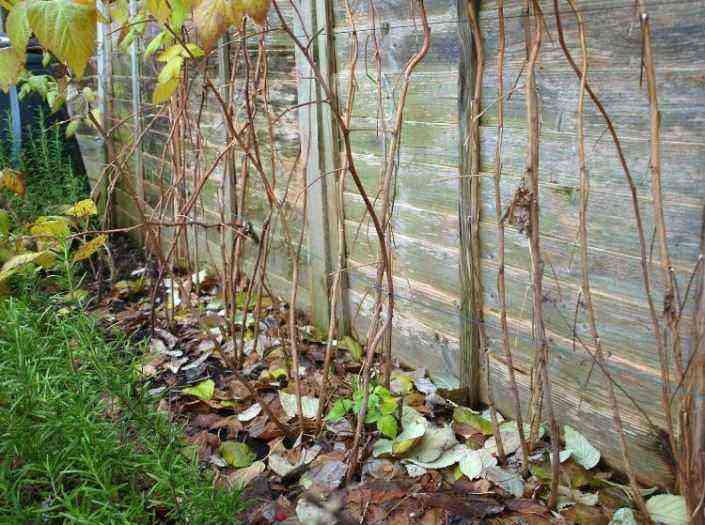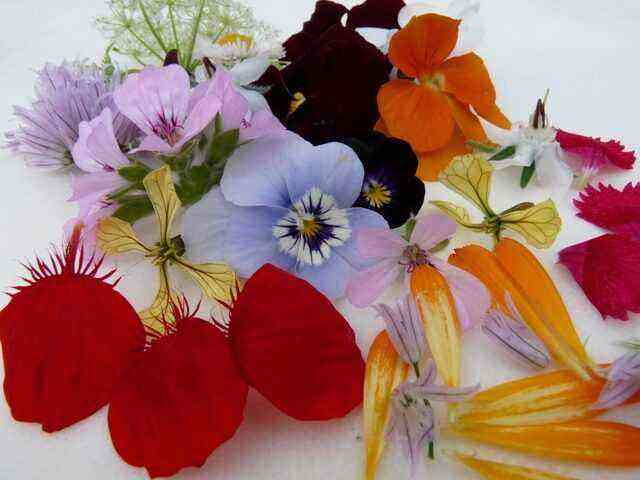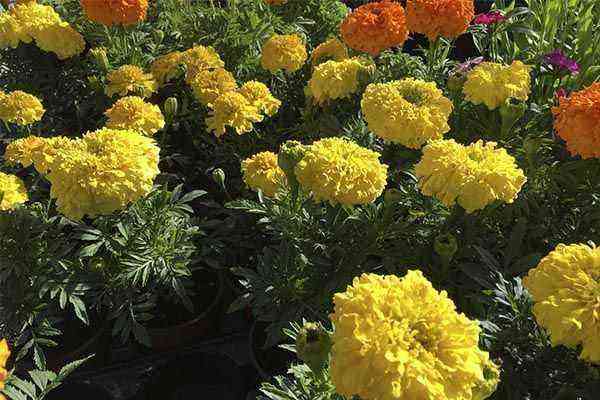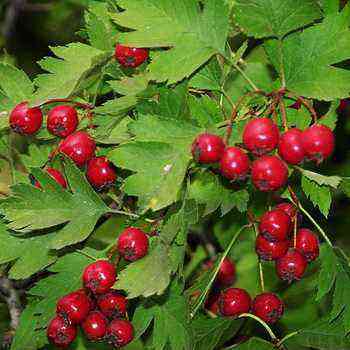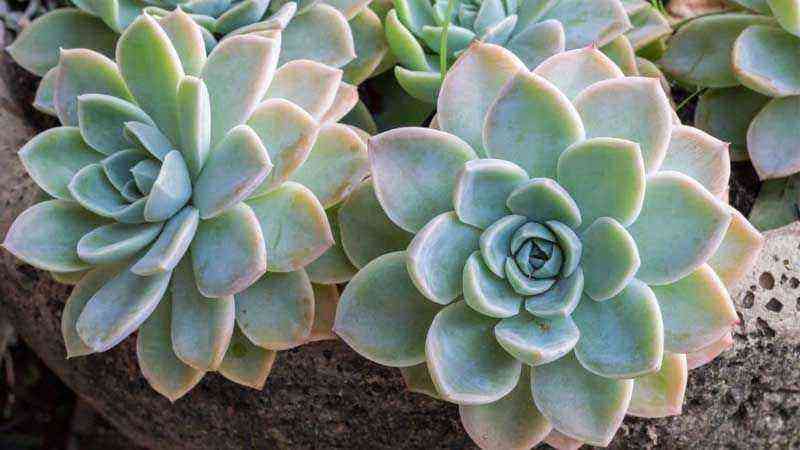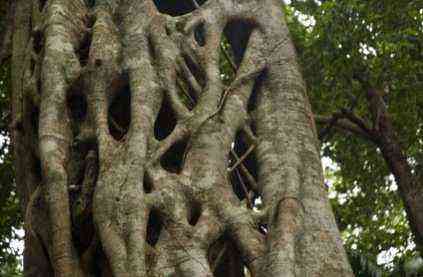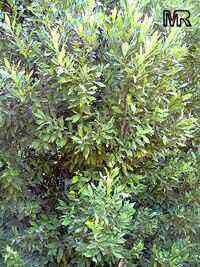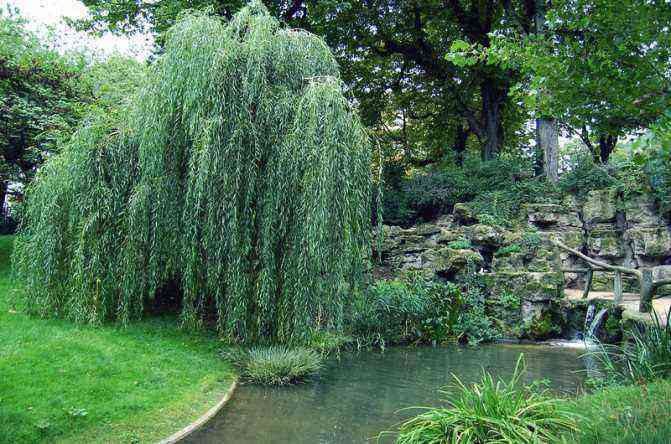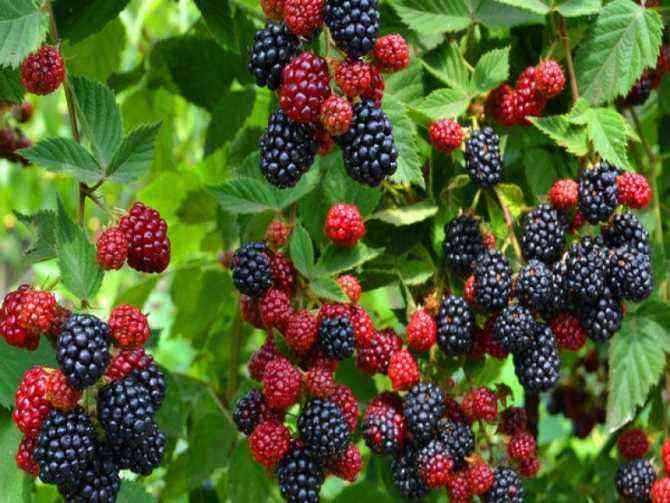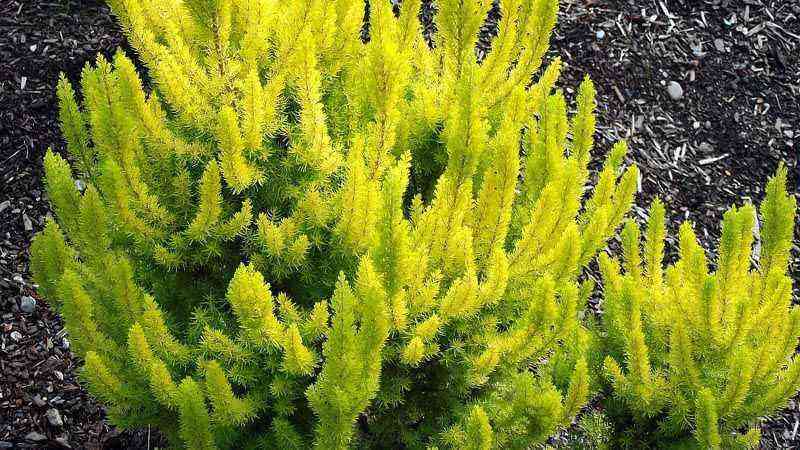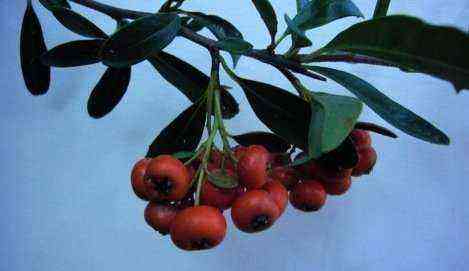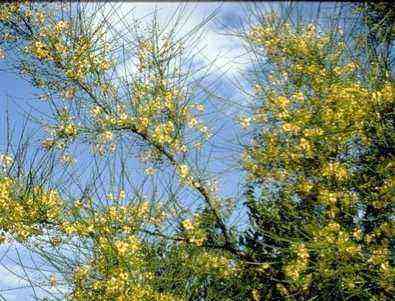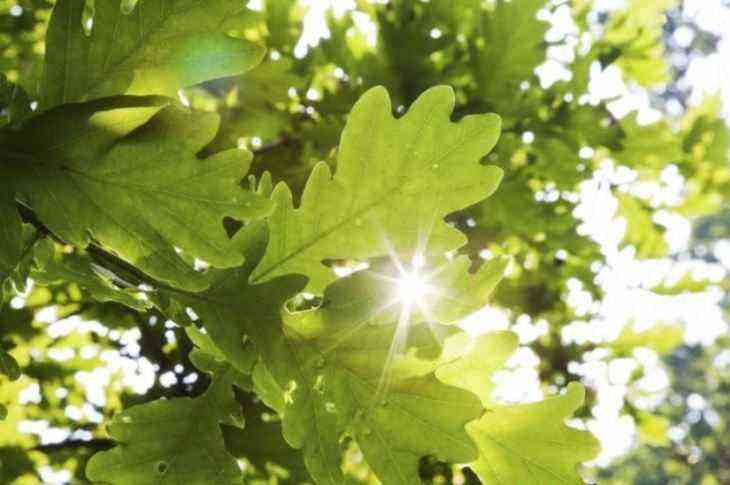While Camphor is not a common spice flavor today it has been used a lot in the past and was popular in Europe until the Renaissance. Camphor wood, or leaves and twigs, is used to make a popular Szechuan smoked duck. Camphor oil has been used in commercial baked goods, beverages, and candy. It has also been added to milk puddings and confections. In fact, it is an ingredient in Swedish Bitters. Why use camphor oil, or a fractal of it? It contains safole, the essential oil in sassafras which used to be a main flavor in root beer.

Refined camphor
If you are not consuming parts of the Camphor tree it makes excellent wood for clothes bureaus, naturally driving away insects. Camphor is a native to Japan, China, Taiwan and northern Vietnam and was introduced into Florida in 1875, which is rather amazing consider how large some of the specimens are today, some 139 years later. There were actually Camphor tree plantations. Now the state calls the Camphor an ??exotic pest plant?? yet it is still sold in nurseries and other stores. It is naturalized in Alabama, California, Florida, Georgia, Hawaii, Louisiana, Mississippi, North Carolina, Texas and South Carolina. In Australia, where it was introduced in 1822, it is officially a noxious weed. It also grows in the Caribbean. Camphor is, as mentioned earlier, a source of safrole, a banned oil that used to come from the sassafras tree. And of course the tree is the source of Camphor oil, which is one of the ingredients in Tiger Balm.
The scientific name is Cinnamomum camphora. Cinnamomum (sin-uh-MOE-mum) comes from the Greek word ??kinnamomon?? meaning spice. Camphora (kam-FOR-uh in Latin) is also Greek and comes from the ancient word for the tree, kamfora (except the Greek pronunciation puts the accents the end, kam-for-AH.)
The wood itself, which is steamed to collected the oil, has red and yellow striping making it a favorite of wood workers. The tree is also very resistant to hurricanes and is the official tree of Hiroshima, Japan.
